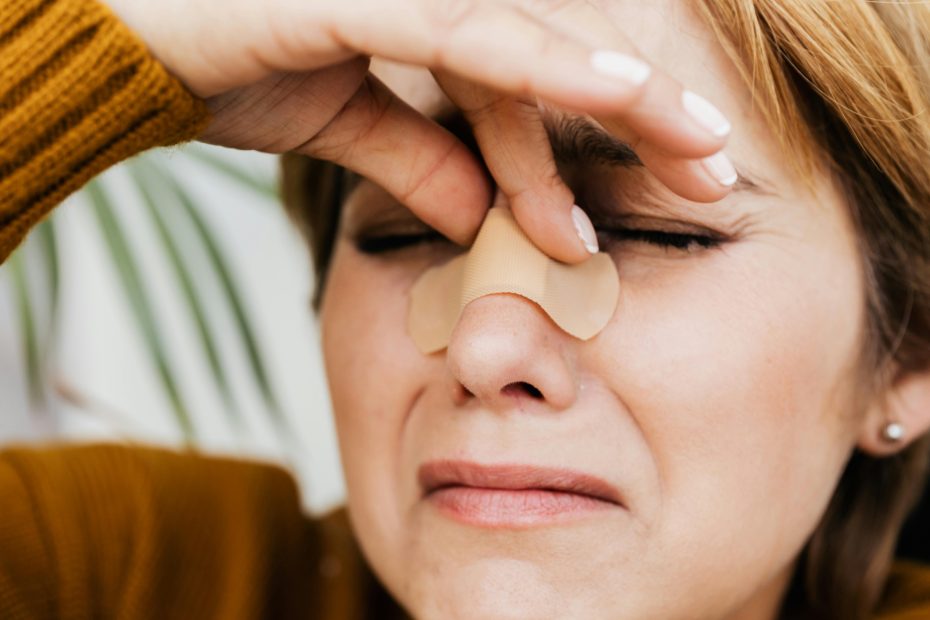Wound healing is a natural process, but sometimes it can take longer than expected, especially if the wound is deep or infected. While keeping the wound clean and protected is essential, there’s a secret ingredient that can speed up the healing process: honey. Yes, the same honey you use to sweeten your tea or drizzle on your toast has been used for centuries as a natural remedy for wound healing.
Honey’s antibacterial, anti-inflammatory, and moisturizing properties make it an effective and natural solution for treating wounds, burns, and even surgical incisions. In this article, we’ll explore how honey works, its benefits for wound healing, and how to use it effectively. Plus, we’ve included a helpful FAQ section to answer your most common questions about honey and wound healing.
Why Honey is the Secret Ingredient for Faster Wound Healing
1. Antibacterial Properties
Honey contains natural compounds like hydrogen peroxide, methylglyoxal, and bee defensin-1, which give it powerful antibacterial properties. These compounds help prevent infections and promote a clean healing environment.
2. Anti-Inflammatory Effects
Honey reduces inflammation and swelling around the wound, which can speed up the healing process and minimize scarring.
3. Moist Wound Healing
Honey creates a moist environment that promotes tissue regeneration and prevents scabbing, which can slow down healing.
4. Rich in Antioxidants
Honey is packed with antioxidants that help reduce oxidative stress and support the body’s natural healing processes.
5. Natural Debridement
Honey helps remove dead tissue from the wound, a process known as debridement, which is essential for proper healing.
6. Minimal Side Effects
Unlike some medical treatments, honey is natural and has minimal side effects when used appropriately.
Benefits of Honey for Wound Healing
1. Speeds Up Healing Time
Honey’s antibacterial and anti-inflammatory properties help wounds heal faster by preventing infections and reducing swelling.
2. Reduces Scarring
By promoting moist wound healing and reducing inflammation, honey can minimize the appearance of scars.
3. Prevents Infections
Honey’s antibacterial properties make it effective in preventing and treating wound infections, including those caused by antibiotic-resistant bacteria.
4. Soothes Pain and Discomfort
Honey’s anti-inflammatory effects help reduce pain and discomfort associated with wounds and burns.
5. Versatile and Easy to Use
Honey can be used on a variety of wounds, including cuts, burns, ulcers, and surgical incisions.
How to Use Honey for Wound Healing
Step-by-Step Guide
- Clean the wound with water and pat it dry.
- Apply a thin layer of raw, medical-grade honey (like Manuka honey) directly to the wound.
- Cover the wound with a sterile bandage or gauze.
- Change the dressing daily or as needed, depending on the severity of the wound.
Tips for Maximum Benefits
- Use raw, unprocessed honey or medical-grade honey for the best results.
- Avoid using honey on deep or severe wounds without consulting a healthcare professional.
- Store honey in a cool, dry place to maintain its healing properties.
- Combine honey with other natural remedies like aloe vera or turmeric for added benefits.
FAQ About Honey and Wound Healing
1. What type of honey is best for wound healing?
Medical-grade honey, such as Manuka honey, is the best choice for wound healing due to its high antibacterial activity.
2. Can I use regular honey from the grocery store?
While raw, unprocessed honey can be effective, medical-grade honey is recommended for serious wounds.
3. How often should I apply honey to a wound?
Change the dressing and reapply honey daily or as needed, depending on the wound’s condition.
4. Can honey be used on burns?
Yes, honey is effective for treating minor burns by reducing pain, inflammation, and the risk of infection.
5. Is honey safe for all types of wounds?
Honey is generally safe for minor cuts, burns, and ulcers. For deep or severe wounds, consult a healthcare professional.
6. Can honey cause allergic reactions?
While rare, some people may be allergic to honey. Perform a patch test before applying it to a wound.
7. How long does it take for honey to heal a wound?
Healing time varies depending on the wound’s severity, but honey can significantly speed up the process.
8. Can honey be used on surgical wounds?
Yes, honey is often used in medical settings to promote healing after surgery. Consult your doctor before using it.
9. Does honey expire?
Honey has an indefinite shelf life if stored properly, but its healing properties may diminish over time.
10. Can I use honey for acne or skin irritations?
Yes, honey’s antibacterial and anti-inflammatory properties make it effective for treating acne and skin irritations.
Conclusion
Honey is a natural, effective, and versatile remedy for faster wound healing. Its antibacterial, anti-inflammatory, and moisturizing properties make it a powerful alternative to traditional wound treatments. By incorporating honey into your wound care routine, you can promote faster healing, reduce scarring, and prevent infections.
If you have a severe or infected wound, consult a healthcare professional before using honey. With its sweet taste and incredible healing properties, honey truly is nature’s secret ingredient for faster wound healing.

